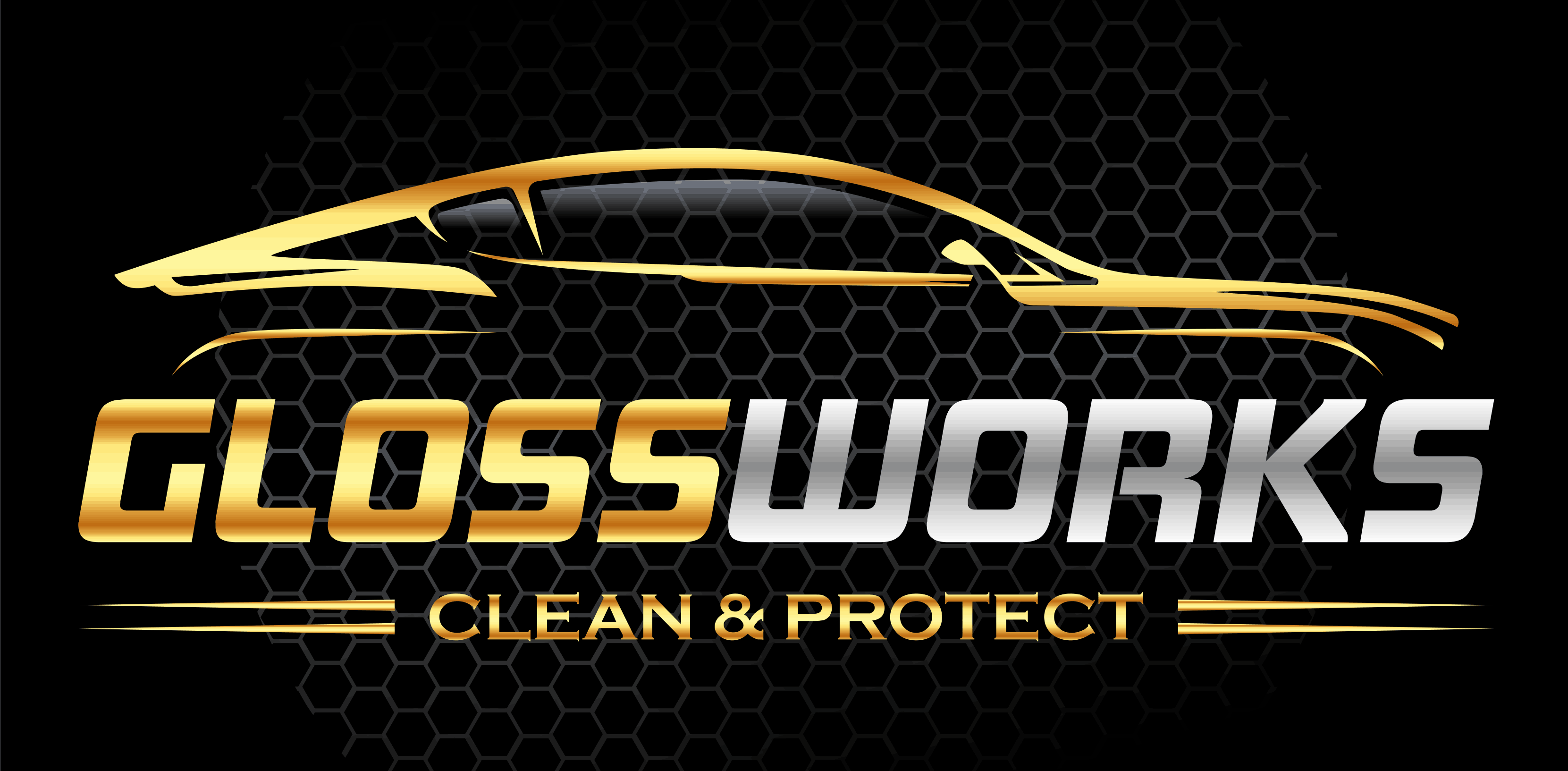Ceramic Coating Scratch Resistance: Expert Insights from a Certified Installer
Ceramic coatings have become increasingly popular for protecting vehicle paintwork, but there’s often confusion about their scratch resistance capabilities. As certified professional installers, we’re here to shed light on what these coatings can and cannot protect against.
What Ceramic Coatings Can Protect Against
Ceramic coatings provide a durable layer of protection against many common sources of paint damage:
- UV Damage: Many high-quality coatings contain UV inhibitors that prevent fading and almost all protect against oxidation caused by sun exposure.
- Chemical Etching: Coatings resist staining and etching from acidic contaminants like bird droppings and bug splatter giving you a better chance at removing it without damage.
- Light Scratches: The slickness of ceramic coatings helps prevent light scratches and swirl marks from washing and daily use. Some coatings also have a hardness rating as well.
- Contaminant Adhesion: The smooth, hydrophobic surface of a coating makes it harder for dirt and grime to stick, making cleaning easier.
What Ceramic Coatings Can’t Fully Prevent
While ceramic coatings offer excellent protection, it’s crucial to understand their limitations:
- Rock Chips: While some coatings may reduce the likelihood of chips, they cannot fully prevent them.
- Deep Scratches: Coatings can resist very light scratches, but they won’t stop a key or other sharp objects from leaving a mark.
- Severe Damage: In cases of major physical damage or accidents, the coating won’t prevent the need for repairs or repainting.

Factors Affecting Scratch Resistance
Several factors influence a ceramic coating’s scratch resistance:
- Hardness: Some coatings, such as Gtechniq Crystal Serum are rated on a hardness scale, with 9H being a common benchmark. 10H coatings provide even stronger resistance.
- Installation: Proper surface preparation and application techniques are crucial for maximizing the coating’s protective properties.
- Maintenance: Regular washing and prompt contaminant removal help the coating perform its best.
Proper Maintenance for Coated Vehicles
To get the most out of your ceramic coating’s scratch resistance, follow these maintenance tips is essential:
- Wash Regularly: Wash your vehicle every two weeks or as needed using proper techniques and ceramic-safe shampoos.
- Remove Contaminants: Promptly remove bird droppings, bug splatter, and other contaminants to prevent etching.
- Avoid Automatic Washes: Hand washing is gentler on coatings when done correctly, and helps prevent swirl marks.
- Annual Inspections: Have your coating professionally inspected each year to ensure its performing optimally.
Dealing with Scratches
Even with a ceramic coating, scratches can, and will happen. Here’s what to do:
Light Scratches: A professional detailer can assess if paint correction can removes light scratches without damaging the coating.
Severe Damage: For deep scratches or chips, generally you will need to consult a body shop. Repainting and re-coating will be necessary to restore protection.
Ceramic coatings provide excellent scratch resistance, but they’re not invincible. Understanding their capabilities, limitations, and proper care requirements is key to making an informed decision about protecting your vehicle. With the right expectations and maintenance, a ceramic coating can keep your paintwork looking great for years to come.

